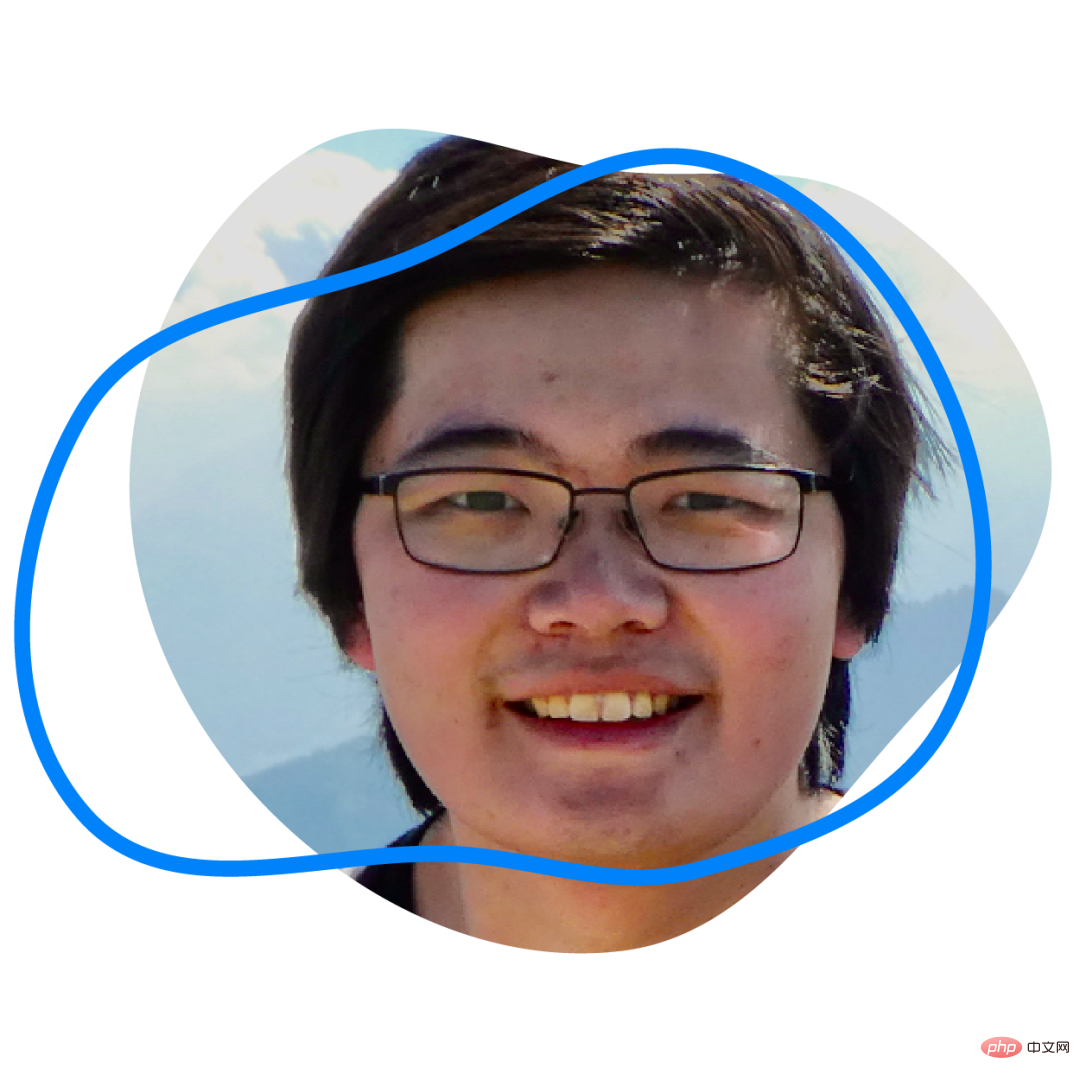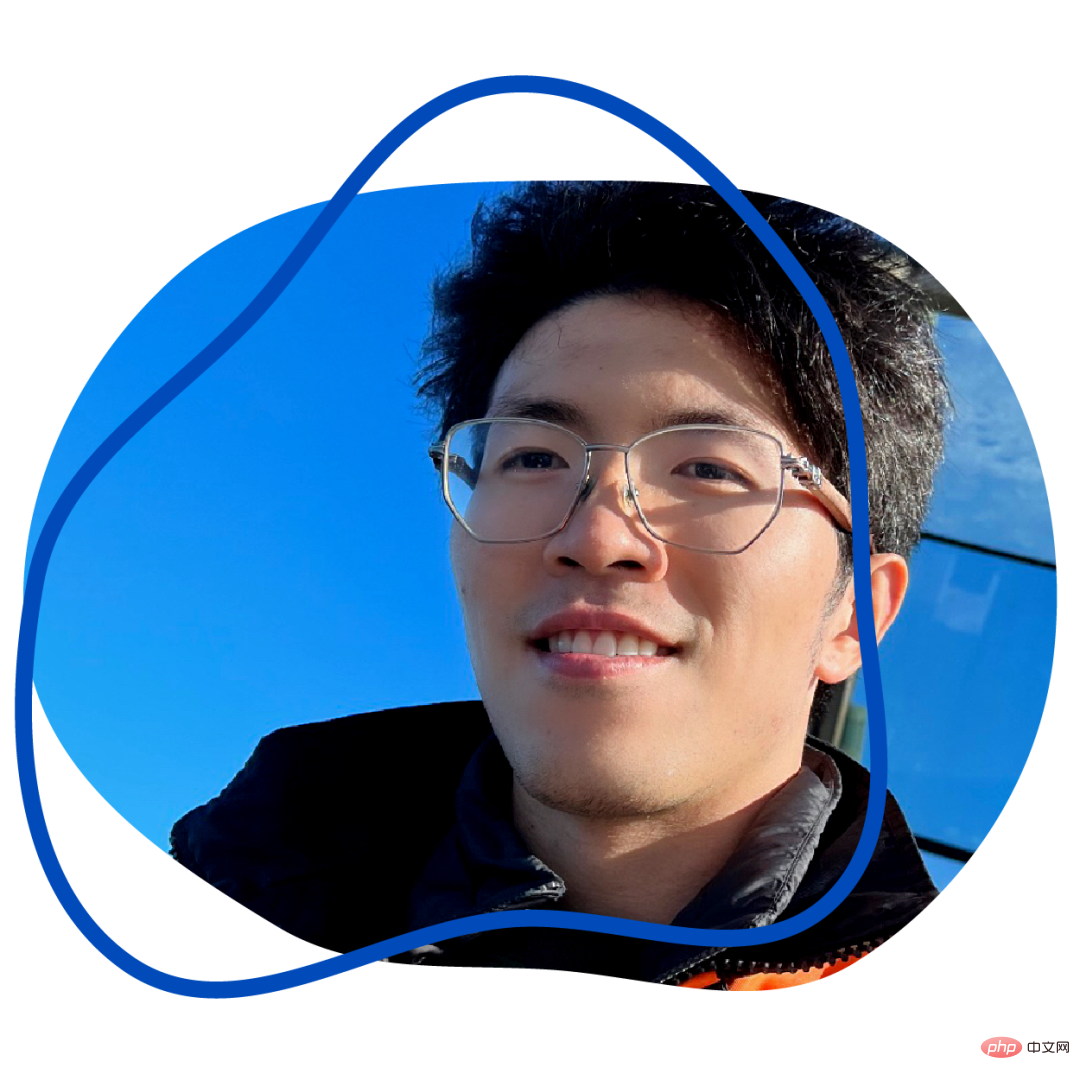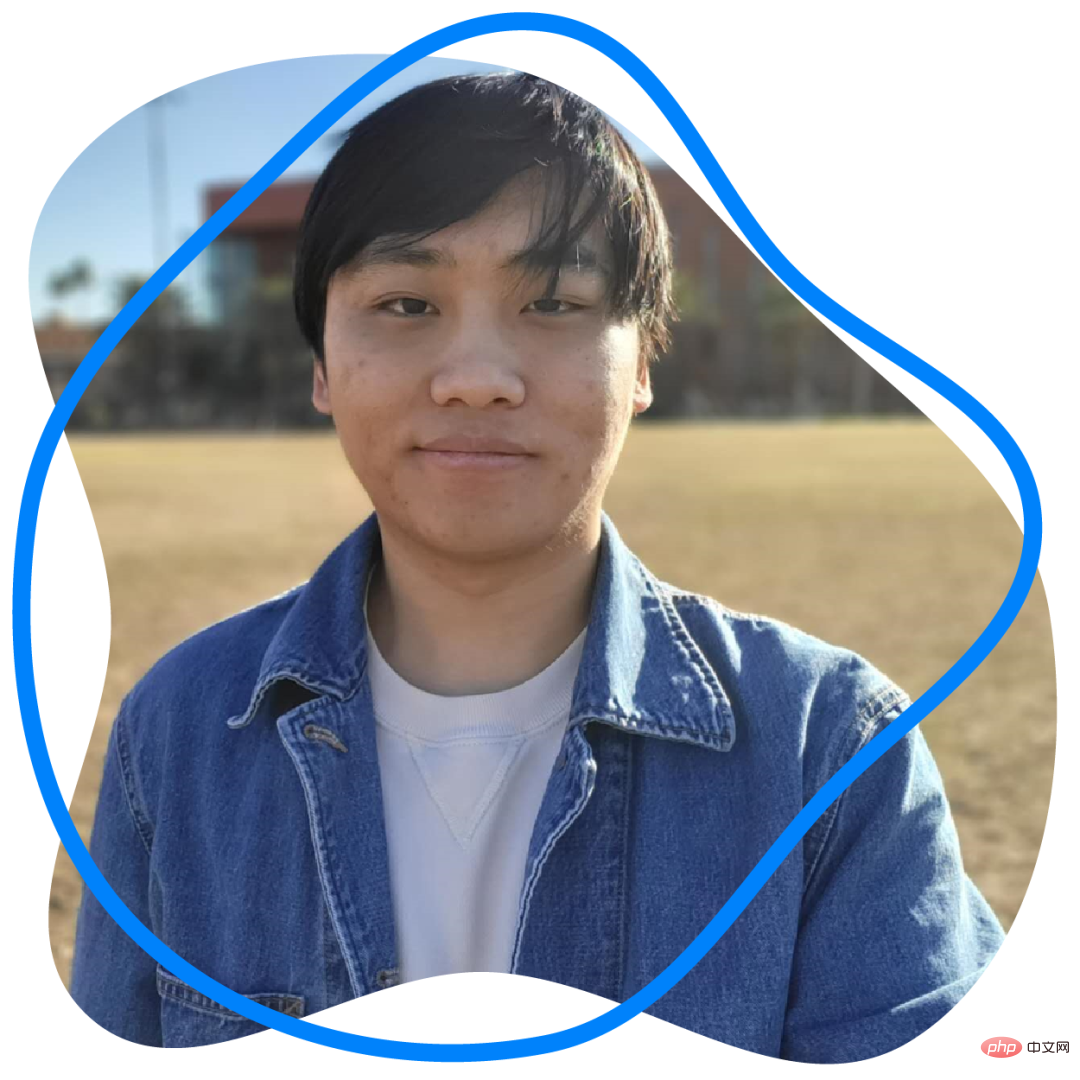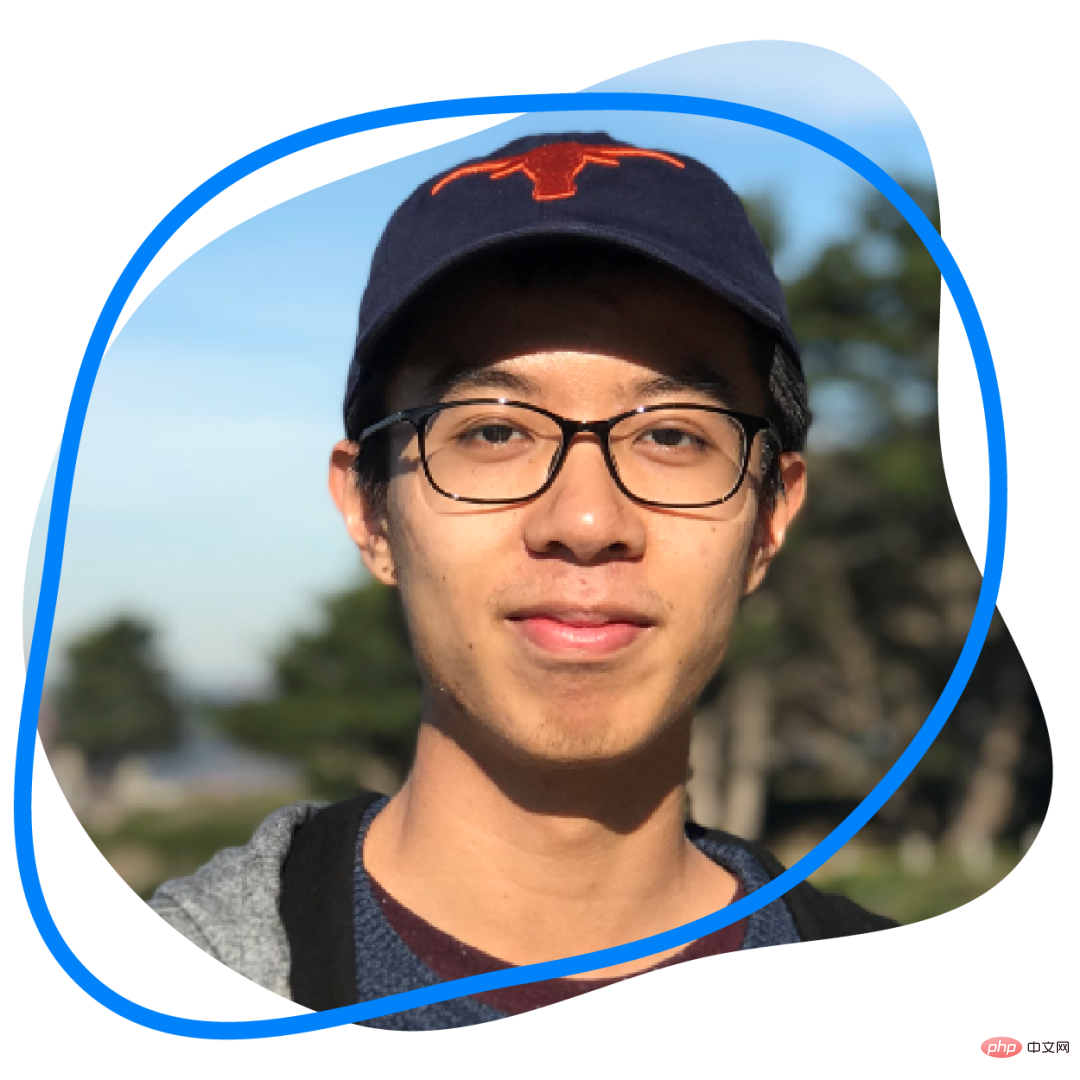 Technology peripherals
Technology peripherals
 AI
AI
 The list of 2023 Meta PhD scholarships is released: more than 1/3 are Chinese scholars
The list of 2023 Meta PhD scholarships is released: more than 1/3 are Chinese scholars
The list of 2023 Meta PhD scholarships is released: more than 1/3 are Chinese scholars
Meta has just announced the list of 2023 PhD Fellowships.

Meta PhD Fellowships are designed to reward cutting-edge research by doctoral candidates in disciplines such as computer science, engineering, and behavioral sciences. The winner will receive full tuition and fees for two academic years and a $42,000 stipend.
In addition to generous prizes, winners will also have many opportunities to interact with Meta researchers to further understand industry research and make their own research more in-depth.
Meta Doctoral Fellowships are in their 12th year and have supported more than 200 doctoral students around the world. This year, the organizing committee received more than 3,200 applications from more than 100 universities around the world and selected 21 winners from 12 universities, more than 1/3 of whom were Chinese doctoral students.
The following is the list of Chinese doctoral students who won this award:
Artificial Intelligence System Software and Hardware Collaborative Design
Mark Zhao (Stanford University)
Mark Zhao graduated from Cornell University with a bachelor's degree and is now a doctoral candidate in electrical engineering at Stanford University. His supervisor is Christos Kozyrakis. His research interests are in the co-design of computer systems and architectures to improve scalability and efficiency of data center scale applications such as machine learning. He is currently working on data storage and ingestion systems to manage training data in industrial-scale machine learning pipelines.

Applied Statistics
Victoria Lin (Carnegie Mellon University)
Victoria Lin graduated from Harvard University and is now a doctoral student in the Department of Statistics and Machine Learning at Carnegie Mellon University, conducting research under the guidance of Louis-Philippe Morency and Edward Kennedy. Her research focuses on developing causal inference methods to enable principle-based and transparent machine learning in modern data environments. She is also interested in using machine learning methods to better facilitate the estimation of complex causal effects and counterfactuals.
AR/VR Computer Graphics
Yiling Qiao (University of Maryland, College Park)
Yiling Qiao graduated from the University of Chinese Academy of Sciences with a bachelor's degree and is now a fourth-year doctoral student at the University of Maryland, College Park, supervised by Professor Ming Lin. His research interests focus on physics-based simulations. He has been researching differentiable simulation and its applications in virtual reality/augmented reality, graphics, robotics, etc. Before that, he received a bachelor's degree in computer science and a bachelor's degree in mathematics from the University of Chinese Academy of Sciences and conducted some shape analysis research. While pursuing his PhD, he interned at Intel Labs, Meta Reality Labs, and NVIDIA.

AR/VR Human Understanding
Jinkun Cao (Carnegie Mellon University)
Jinkun Cao graduated from Shanghai Jiao Tong University and is now a third-year PhD student in robotics at Carnegie Mellon University. His research focuses on the analysis, modeling, and synthesis of human motion in videos. Applications range from object tracking to human character motion synthesis.

AR/VR Human-Computer Interaction
Yue Jiang (Aalto University)
Yue Jiang graduated from the University of Toronto in Canada with a bachelor's degree and a master's degree from the University of Maryland, College Park in the United States. He is currently studying for a PhD under the guidance of Professors Antti Oulasvirta and Vikas Garg at Aalto University in Finland and the Finnish Artificial Intelligence Center. Her research focuses on applying computational methods to adaptive user interfaces. She also worked closely with Professor Wolfgang Stuerzlinger from Simon Fraser University in Canada and Professor Christof Lutteroth from the University of Bath in the UK to conduct a series of research on the OR-Constraint (ORC) adaptive GUI layout project.

Wireless AR/VR
Shuaifeng Jiang (Arizona State University)
Shuaifeng Jiang is a doctoral student in the Wireless Intelligence Laboratory of Arizona State University. His current research interests focus on wireless communications and sensing, millimeter wave and massive MIMO systems, and machine learning. He graduated from Southeast University with a bachelor's degree and a master's degree from Tokyo Institute of Technology.

AR Audio
Dawei Liang (University of Texas at Austin)
Dawei Liang is a doctoral student in electrical and computer engineering at the University of Texas at Austin, focusing on the intersection of wearable computing, audio recognition and human-centered AI. His research aims to enable smart wearable devices such as smartwatches to better sense and assist people in the real world. Given the widespread success of embedded motion sensors in automated human understanding, he explores the potential of converting microphones on wearable devices into robust user behavior sensors. He received the ACM ISWC 2022 Best Paper Honorable Mention Award.

Security and Privacy
Xuechen Li (Stanford University)
Xuechen Li is a PhD student in computer science at Stanford University, dedicated to developing methods to ensure that machine learning and AI pipelines are trustworthy and secure. Currently focusing on privacy-preserving machine learning and secure computing for improving machine learning systems. He holds an undergraduate degree from the University of Toronto and frequently serves as a reviewer for machine learning conferences, winning the Outstanding Reviewer Award at ICML 2022.

The above is the detailed content of The list of 2023 Meta PhD scholarships is released: more than 1/3 are Chinese scholars. For more information, please follow other related articles on the PHP Chinese website!

Hot AI Tools

Undresser.AI Undress
AI-powered app for creating realistic nude photos

AI Clothes Remover
Online AI tool for removing clothes from photos.

Undress AI Tool
Undress images for free

Clothoff.io
AI clothes remover

AI Hentai Generator
Generate AI Hentai for free.

Hot Article

Hot Tools

Notepad++7.3.1
Easy-to-use and free code editor

SublimeText3 Chinese version
Chinese version, very easy to use

Zend Studio 13.0.1
Powerful PHP integrated development environment

Dreamweaver CS6
Visual web development tools

SublimeText3 Mac version
God-level code editing software (SublimeText3)

Hot Topics
 1382
1382
 52
52
 The Stable Diffusion 3 paper is finally released, and the architectural details are revealed. Will it help to reproduce Sora?
Mar 06, 2024 pm 05:34 PM
The Stable Diffusion 3 paper is finally released, and the architectural details are revealed. Will it help to reproduce Sora?
Mar 06, 2024 pm 05:34 PM
StableDiffusion3’s paper is finally here! This model was released two weeks ago and uses the same DiT (DiffusionTransformer) architecture as Sora. It caused quite a stir once it was released. Compared with the previous version, the quality of the images generated by StableDiffusion3 has been significantly improved. It now supports multi-theme prompts, and the text writing effect has also been improved, and garbled characters no longer appear. StabilityAI pointed out that StableDiffusion3 is a series of models with parameter sizes ranging from 800M to 8B. This parameter range means that the model can be run directly on many portable devices, significantly reducing the use of AI
 ICCV'23 paper award 'Fighting of Gods'! Meta Divide Everything and ControlNet were jointly selected, and there was another article that surprised the judges
Oct 04, 2023 pm 08:37 PM
ICCV'23 paper award 'Fighting of Gods'! Meta Divide Everything and ControlNet were jointly selected, and there was another article that surprised the judges
Oct 04, 2023 pm 08:37 PM
ICCV2023, the top computer vision conference held in Paris, France, has just ended! This year's best paper award is simply a "fight between gods". For example, the two papers that won the Best Paper Award included ControlNet, a work that subverted the field of Vincentian graph AI. Since being open sourced, ControlNet has received 24k stars on GitHub. Whether it is for diffusion models or the entire field of computer vision, this paper's award is well-deserved. The honorable mention for the best paper award was awarded to another equally famous paper, Meta's "Separate Everything" ”Model SAM. Since its launch, "Segment Everything" has become the "benchmark" for various image segmentation AI models, including those that came from behind.
 NeRF and the past and present of autonomous driving, a summary of nearly 10 papers!
Nov 14, 2023 pm 03:09 PM
NeRF and the past and present of autonomous driving, a summary of nearly 10 papers!
Nov 14, 2023 pm 03:09 PM
Since Neural Radiance Fields was proposed in 2020, the number of related papers has increased exponentially. It has not only become an important branch of three-dimensional reconstruction, but has also gradually become active at the research frontier as an important tool for autonomous driving. NeRF has suddenly emerged in the past two years, mainly because it skips the feature point extraction and matching, epipolar geometry and triangulation, PnP plus Bundle Adjustment and other steps of the traditional CV reconstruction pipeline, and even skips mesh reconstruction, mapping and light tracing, directly from 2D The input image is used to learn a radiation field, and then a rendered image that approximates a real photo is output from the radiation field. In other words, let an implicit three-dimensional model based on a neural network fit the specified perspective
 Chat screenshots reveal the hidden rules of AI review! AAAI 3000 yuan is strong accept?
Apr 12, 2023 am 08:34 AM
Chat screenshots reveal the hidden rules of AI review! AAAI 3000 yuan is strong accept?
Apr 12, 2023 am 08:34 AM
Just as the AAAI 2023 paper submission deadline was approaching, a screenshot of an anonymous chat in the AI submission group suddenly appeared on Zhihu. One of them claimed that he could provide "3,000 yuan a strong accept" service. As soon as the news came out, it immediately aroused public outrage among netizens. However, don’t rush yet. Zhihu boss "Fine Tuning" said that this is most likely just a "verbal pleasure". According to "Fine Tuning", greetings and gang crimes are unavoidable problems in any field. With the rise of openreview, the various shortcomings of cmt have become more and more clear. The space left for small circles to operate will become smaller in the future, but there will always be room. Because this is a personal problem, not a problem with the submission system and mechanism. Introducing open r
 Paper illustrations can also be automatically generated, using the diffusion model, and are also accepted by ICLR.
Jun 27, 2023 pm 05:46 PM
Paper illustrations can also be automatically generated, using the diffusion model, and are also accepted by ICLR.
Jun 27, 2023 pm 05:46 PM
Generative AI has taken the artificial intelligence community by storm. Both individuals and enterprises have begun to be keen on creating related modal conversion applications, such as Vincent pictures, Vincent videos, Vincent music, etc. Recently, several researchers from scientific research institutions such as ServiceNow Research and LIVIA have tried to generate charts in papers based on text descriptions. To this end, they proposed a new method of FigGen, and the related paper was also included in ICLR2023 as TinyPaper. Picture paper address: https://arxiv.org/pdf/2306.00800.pdf Some people may ask, what is so difficult about generating the charts in the paper? How does this help scientific research?
 The Chinese team won the best paper and best system paper awards, and the CoRL research results were announced.
Nov 10, 2023 pm 02:21 PM
The Chinese team won the best paper and best system paper awards, and the CoRL research results were announced.
Nov 10, 2023 pm 02:21 PM
Since it was first held in 2017, CoRL has become one of the world's top academic conferences in the intersection of robotics and machine learning. CoRL is a single-theme conference for robot learning research, covering multiple topics such as robotics, machine learning and control, including theory and application. The 2023 CoRL Conference will be held in Atlanta, USA, from November 6th to 9th. According to official data, 199 papers from 25 countries were selected for CoRL this year. Popular topics include operations, reinforcement learning, and more. Although CoRL is smaller in scale than large AI academic conferences such as AAAI and CVPR, as the popularity of concepts such as large models, embodied intelligence, and humanoid robots increases this year, relevant research worthy of attention will also
 CVPR 2023 rankings released, the acceptance rate is 25.78%! 2,360 papers were accepted, and the number of submissions surged to 9,155
Apr 13, 2023 am 09:37 AM
CVPR 2023 rankings released, the acceptance rate is 25.78%! 2,360 papers were accepted, and the number of submissions surged to 9,155
Apr 13, 2023 am 09:37 AM
Just now, CVPR 2023 issued an article saying: This year, we received a record 9155 papers (12% more than CVPR2022), and accepted 2360 papers, with an acceptance rate of 25.78%. According to statistics, the number of submissions to CVPR only increased from 1,724 to 2,145 in the 7 years from 2010 to 2016. After 2017, it soared rapidly and entered a period of rapid growth. In 2019, it exceeded 5,000 for the first time, and by 2022, the number of submissions had reached 8,161. As you can see, a total of 9,155 papers were submitted this year, indeed setting a record. After the epidemic is relaxed, this year’s CVPR summit will be held in Canada. This year it will be a single-track conference and the traditional Oral selection will be cancelled. google research
 Microsoft's new hot paper: Transformer expands to 1 billion tokens
Jul 22, 2023 pm 03:34 PM
Microsoft's new hot paper: Transformer expands to 1 billion tokens
Jul 22, 2023 pm 03:34 PM
As everyone continues to upgrade and iterate their own large models, the ability of LLM (large language model) to process context windows has also become an important evaluation indicator. For example, the star model GPT-4 supports 32k tokens, which is equivalent to 50 pages of text; Anthropic, founded by a former member of OpenAI, has increased Claude's token processing capabilities to 100k, which is about 75,000 words, which is roughly equivalent to summarizing "Harry Potter" with one click "First. In Microsoft's latest research, they directly expanded Transformer to 1 billion tokens this time. This opens up new possibilities for modeling very long sequences, such as treating an entire corpus or even the entire Internet as one sequence. For comparison, common



